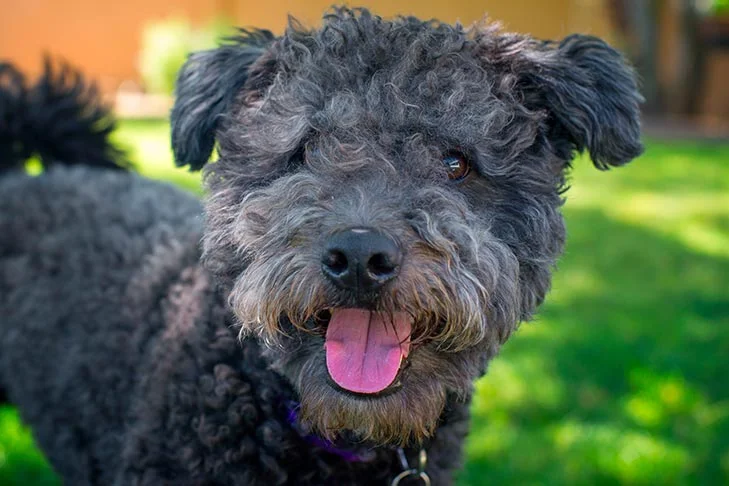The Pumi is a small, agile herder with Hungarian ancestry. It may be identified by its corkscrew-curled coat, two-thirds upright ears, and distinctively humorous look. The breed is renowned for its wit, agility, and bravery. The tiny, swift, and brave Pumi (POO-mee; plural: Pumik) was designed to move flocks along the winding roads that connected the pastures of western Hungary. It might not immediately seem likely that this adorable charmer was bred for such arduous work. The Pumi is incredibly adorable with his corkscrew-curled coat, round tail, expressive ears, and distinctly quirky appearance. However, a lean, deep-chested herder with an apparently limitless capacity for work and play lies beneath the curls.






 Health
Health Grooming
Grooming Exercise
Exercise Training
Training Nutrition
Nutrition